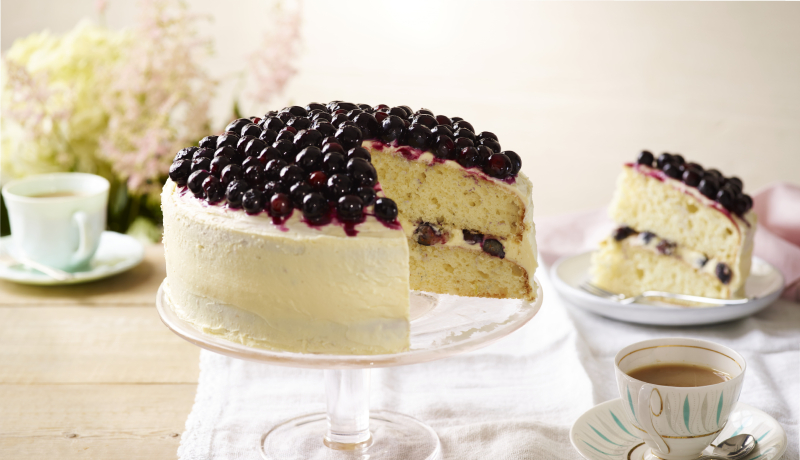
Cake doming can be the ultimate frustration for bakers. After time spent whipping up your recipe in the kitchen, witnessing a cake emerge from the oven with a raised and uneven centre can be disheartening. But fear not! Our tried and tested solutions are here to rescue your future bakes from doming.
Understanding Cake Doming and Sinking
At the heart of every fluffy and aesthetically pleasing cake is the science of baking. Cake doming occurs when the edges of your cake bake faster than the centre, causing the middle to rise higher. Conversely, cakes often sink due to underbaking, where the centre hasn't fully set, or from opening the oven door too early, causing a sudden drop in temperature. Let's explore how to master these challenges with grace and precision.
Preventing Cake Doming

Choosing the Right Ingredients
Being accurate with your ingredients is super important when baking, using precise measurements is crucial to ensure your bake turns out just right. Our Betty Crocker cake mixes have easy step by step instructions and basic ingredients to make baking simple.

Proper Cake Mixing Techniques
The art of mixing your batter can greatly influence your cake's texture and rise. Overmixing can incorporate too much air, leading to a domed cake, while undermixing might leave you with lumpy batter. For that just-right consistency, mix until the ingredients are combined, no more, no less. Trust us, your cake will thank you for it.

Use Cake Strips to Prevent your Cake from Doming
One of our favourite tips to avoid cake doming is using cake strips. These magical bands wrap around your cake tin, cooling the edges so the cake bakes evenly. Simply soak them in water, squeeze out the excess, and wrap them around the outside of your tin. This simple step is a game-changer for achieving a perfectly level cake.
How to Avoid Cake Sinking

Resist Opening the Oven
Patience is a virtue in baking. Resist the urge to open the oven door to check on your creation, as this can cause drafts and temperature fluctuations that lead to sinking. Trust your oven and your timer and wait for the right moment to check your cake's progress.

Test if Your Cake is Ready
A skewer or toothpick is a baker's best friend when checking if your cake is cooked. Insert it into the centre of your cake; if it comes out clean, your cake is ready. This simple test ensures that you're not taking your cake out too early, preventing that dreaded sink in the middle.

Adjusting Oven Temperature
Ovens can be temperamental creatures. Sometimes, a slight adjustment to the temperature recommended in recipes can yield much better results, especially if you know your oven runs hot or cool. Experiment with lowering the temperature slightly for a longer bake, which can offer a more uniform rise.

How to Cool your Cake
Once your cake is baked to perfection, proper cooling is key to maintaining its shape. Allow your cake to cool in the tin on a wire rack for a time before turning it out to cool completely. This method helps prevent the structure from collapsing, avoiding doming or sinking as it cools.

Fixing a Domed Cake
Even the most experienced bakers face challenges, but fear not, for most baking blunders can be salvaged. If your cake has already domed, a serrated knife can level the top, creating a perfect base for icing. And if your cake has sunk slightly, remember, a generous layer of our delicious Betty Crocker icing can fill in any imperfections, transforming your cake into a masterpiece.
FAQs
Why do cakes sink in the middle?
Often due to underbaking or sudden temperature changes.
How long do homemade cakes last?
Typically, 3-4 days when stored properly in an airtight container.




